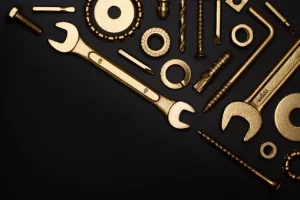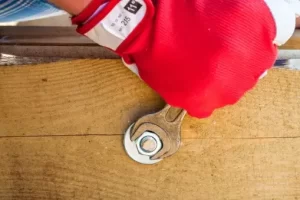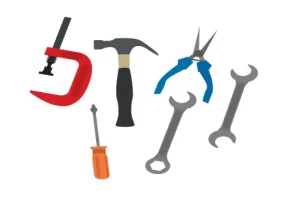What to Do If I Don’t Have a Spanner?
Whether you’re working on a quick home repair, assembling furniture, or fixing a bicycle, a spanner (or wrench) is often one of the first tools you reach for. But what if you don’t have one on hand? Don’t worry—there are several creative and effective alternatives that can help you get the job done.
1. Use Pliers as a Substitute
Pliers are probably the most common substitute for a spanner. Depending on the bolt or nut size, adjustable pliers, locking pliers (vise-grips), or slip-joint pliers can provide a good grip. Make sure to hold the bolt tightly to avoid stripping the edges.
2. Try an Adjustable Wrench
If you don’t have the exact size spanner, an adjustable wrench can do the trick. It allows you to change the width of the jaws to match different bolt sizes. It’s a must-have for situations where tool access is limited.
3. Improvise with Coins or a Butter Knife
For flat bolts, especially those found in furniture or electronics, two sturdy coins held together with your fingers can sometimes turn the bolt. A butter knife or flathead screwdriver can also be used in a pinch for bolts or screws with slots.
4. Use a Socket and Ratchet
If you have a socket set but no spanner, that’s perfect. A ratchet and socket combination can do the same job more efficiently, especially in tight spaces.
5. Create a Makeshift Spanner with Zip Ties or Rope
For very loose nuts, a strong zip tie or piece of rope can sometimes help turn the bolt by wrapping it tightly around the head and pulling it. It’s not very precise, but in an emergency, it might just work.
6. Use Your Hands — Carefully
Sometimes, nuts and bolts are only hand-tightened. Try using your fingers or palm to unscrew or tighten them gently. If they’re too tight, consider wearing rubber gloves to improve your grip.
7. Ask a Neighbor or Visit a Local Workshop
If you’re really stuck, don’t hesitate to borrow tools from a neighbor or check if a nearby workshop or hardware store offers tool rentals or quick help.
Final Tips
- Avoid using tools that might damage the bolt, like pliers with worn jaws or soft metal objects.
- If you do a lot of DIY work, consider investing in a basic tool kit that includes a spanner set, pliers, and an adjustable wrench. It pays off over time.
- Always prioritize safety—don’t force a tool that doesn’t fit, and wear gloves or goggles if needed.
Conclusion
Not having a spanner isn’t the end of the world. With a little creativity and the right attitude, you can find plenty of alternatives around your home. The next time you’re caught without the right tool, remember: it’s not about what you don’t have—it’s about how resourceful you can be.



